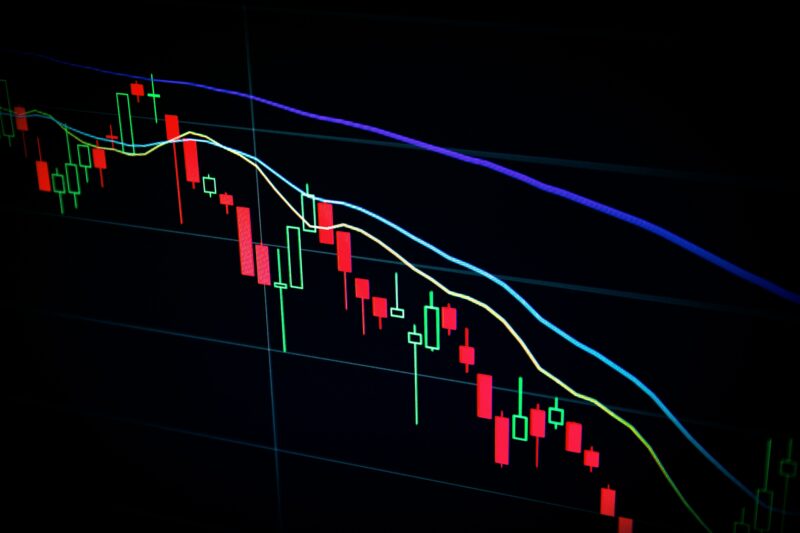On Friday, Wall Street was dominated by sellers resulting in a decline of major stock indices. Volatility was also heightened due to the “triple witching day” when options and futures contracts expired. Yields on American Treasuries increased across the yield curve. The EUR/USD exchange rate ended the week just below the 1.09 mark. This week is rich in decisions from major central banks.
This week, the focus will be on the Fed meeting scheduled for 19-20 March. It is widely expected that the Fed will keep interest rates unchanged at 5.25-5.50 percent. The markets expect the first Fed interest rate cut to be delayed until July, as recent inflation reports have shown sustained price pressure. Last Friday, Fed Funds Futures contracts were pricing in only 15 basis points drop in the rates by June, 26 basis points by July, and a total of 72 points by the end of the year. This is a slightly “hawkish” change from the previous week, when the markets expected a cost reduction of 23 basis points by June and 95 basis points by the end of the year. We will also get an updated dot plot and the latest forecasts for GDP, inflation, employment, and interest rates.
In addition to the Fed, the Bank of Japan will also be making decisions about interest rates. This decision comes tomorrow. The market expects the Bank of Japan to end its negative interest rates and control of the yield curve this week or in April (or at least soften them). There is, of course, no 100 percent certainty that this will happen. It could also happen that the move toward normalization of monetary policy is just announced in a binding manner tomorrow, but not implemented until the next meeting of the Bank of Japan, scheduled for April 26. From the foreign exchange market point of view, the timing of the actual move is an irrelevant detail. The only important thing now is whether the Bank of Japan will start a tightening cycle or this rate hike will be just a one-time adjustment of the monetary policy to current economic conditions.
Currently, the inflation shock in Japan caused by the global economic effects of the pandemic is fading. On the other hand, the wage-price spiral is slowly picking up. On Friday, Japan’s largest confederation of labor unions announced the results of the current wage round. With an average increase of 5.3 percent (including a 3.7 percent increase in base wages), the Bank of Japan has an argument justifying the decision to start normalizing monetary policy.
On Tuesday, we will also see a decision from the Reserve Bank of Australia. However, less excitement is expected here. Rates should be kept steady, even though the RBA is seen as a bank with a restrictive approach. After the last meeting, the bank did not rule out another rate hike – at least according to the official statement. Recent data from Australia have not provided any evidence that the chances of a “dovish” turn have increased. Although inflation has made significant progress recently, there is still a long way to go to reach the RBA’s inflation target. And given that inflation has been falling longer than in Western countries, there are reasons to worry that disinflation in Australia will stop with some delay. This would be in line with the latest RBA forecast, which expects a relatively slow drop in the CPI to the target.
Lukasz Zembik Oanda TMS Brokers
